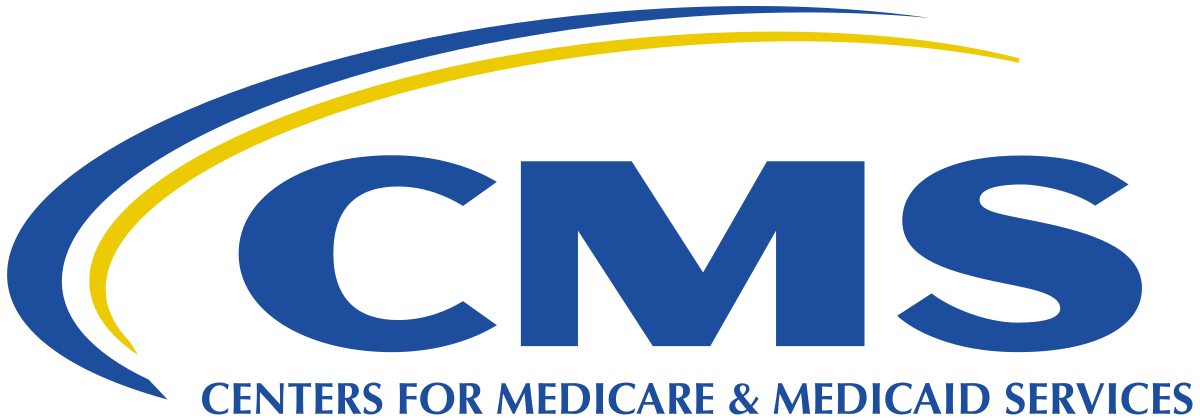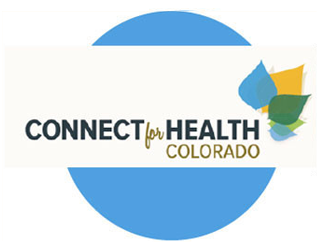Recently, the Centers for Medicare & Medicaid Services (CMS) publicized a proposed rule that would – ultimately – aid in easing the burden on various practices that utilize alternate payment methodologies.

This rule amends the current Medicare alternate payment system that was originally organized and released by Medicare Access and CHIP Reauthorization Act (MACRA). The practices that are expected to benefit the most by this amendment are those that are considered to be small and/or practicing within a rural area. The proposed ruling is over 1,000 pages long and has been officially published within the Federal Register.
Purpose
The purpose of the proposed amendment is to optimize the amount of flexibility that providers have by reducing the hardships associated with reporting. This change comes as the MACRA enters into its second year. By providing a high level of simplification in this particular process, small practices, rural practices, and those that operate independently will be able to successfully honor the requirements as set forth by the Medicare Access and CHIP Reauthorization Act. Not only are changes being implemented within the proposal, but, practitioners will now have a higher level of support in the year of 2018.
The Problems
Several problems exist within the current structure. First, there are massive amounts of programs that govern the quality associated with the current system. Next, the technology requirements result in a large amount of expenses that smaller practices are unable to afford. The measuring requirements are also extremely comprehensive – leaving smaller practices struggling to dedicate the time that is needed to tend to their patients and currently existent administrative tasks. The goal of this proposed rule is to offset the burdens that have existed in the past year. Instead of struggling to adhere to administrative requirements, practitioners may now place their focus on the most important aspect of their business – the customers.
The Major Changes
The proposed rule – overall – is extremely expansive; however, the following outlines the major changes associated with the amendment:
- The low-volume threshold would now be increased. This means that clinicians will be excluded that operate in Part B up to $90,000 as well as those who have less than 200 beneficiaries associated with Part B coverage.
- It would allow groups to interact in a virtual fashion in order to engage in MIPS.
- The 2014 version of the Certified Electronic Health Record Technology (CEHRT) system may still be utilized; however, practitioners will be encouraged to transition into the 2015 version of the health record system.
- There will be a new hardship exception available for practitioners in the area of Advancing Care Information.
- Flexibility will be offered to those practitioners that are located within the hospital setting and/or have very small amounts of direct contact with patients that require their services.
- Practitioners will be able to earn incentives when they become involved in APMs that are considered to be advanced.
- If small practices are unable to meet the requirements for completion when it comes to quality performance for the year, they will be issued 3 additional points.


